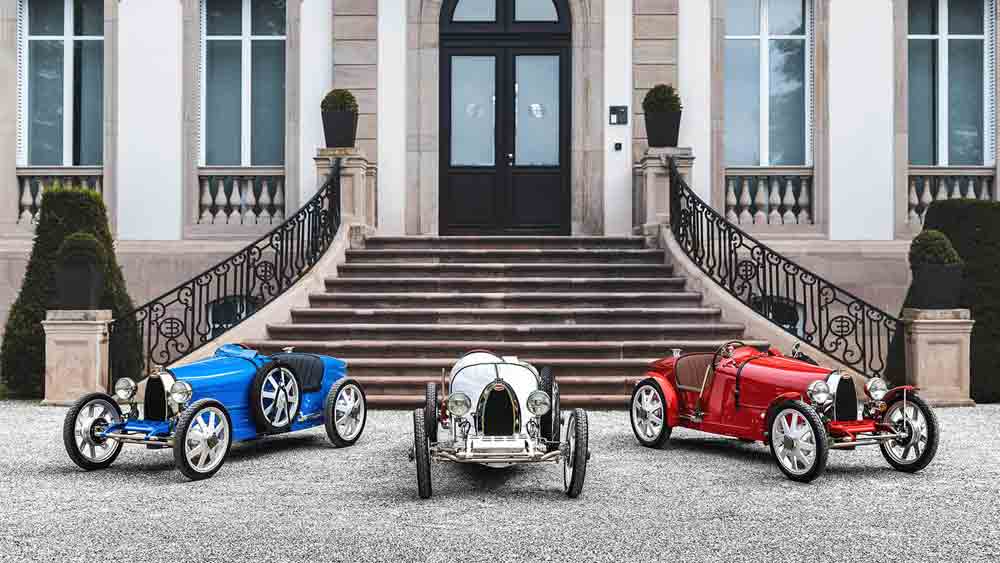Old Bugatti Cars That Are Iconic Symbols of Luxury and Performance
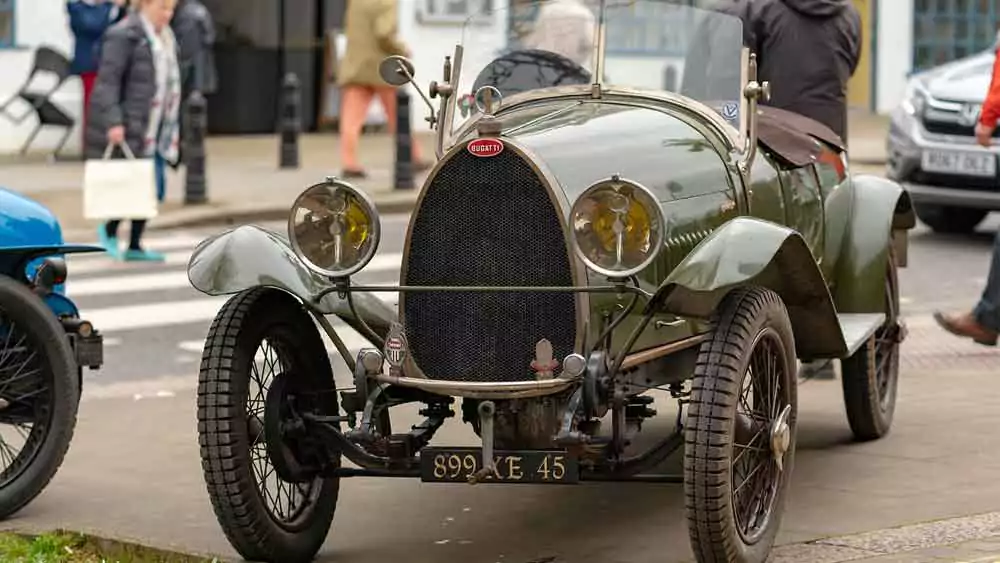
The founder of Bugatti automobiles, Ettore Bugatti was born in 1881. He was extremely fascinated by the mechanics of motor cars at an early age and started an apprenticeship at a bicycle company. At the age of only 17, Ettore managed to fit an engine into a tricycle and used his creations even in some races.
If you ask me when was the first Bugatti made or which is the oldest Bugatti ever built, my answer would be the Type 2, which was showcased in 1901 in an exhibition in Milan. However, it was co-developed with the assistance of the Gulinelli brothers and went into production under the banner of De Dietrich. Ettore Bugatti headed the production at De Dietrich. Among the many intriguing Bugatti facts is that the Type 2 set the stage for Ettore’s engineering genius, which later manifested in iconic race cars like the Type 35.
Bugatti updated the design of Type 2 to produce the first racecar in 1903. Featuring a 12.9-liter displacement engine, it was a chain-driven car, named the Type 5.
This model was a big deal back then, and it helped create some amazing Bugatti models later on, including the mind-blowing Bugatti Bolide!
Bugatti left De Dietrich and joined Emil Mathis in Strasbourg in 1905, but that did not go well. Just within a year, he left Mathis, came under a contract with Deutz, and produced a 50PS car for them in 1907.
History of Bugatti Brand
In 1909, Ettore rented a withdrawn dye works facility in Molsheim. He started building racing cars after securing a loan from a bank to create ten cars and five airplane engines.
The first Bugatti that came out from Ettore’s own factory was Type 10 featuring a 1.3-liter four-cylinder engine. This old Bugatti was a prototype and not a production model, used to display the manufacturer’s capabilities.
Bugatti appeared on the racing scene first time before the First World War with the Type 13, driven by Ernest Friederich. He came second in the French Grand Prix in his first attempt and beat many rivals running higher displacement cars.
Ettore and his son Jean created various models before the factory stopped production in 1956. So, who owns Bugatti right now? After a number of acquisitions and revivals, presently Bugatti Automobiles is a part of a joint venture between Rimac Group and Porsche AG. The Bugatti Rimac acquisition was finalized in 2021 where Rimac Group retains 55% of Bugatti Rimac, while Porsche AG owns 45%.
8 Famous Bugatti Historic Models That Shaped an Era
1. Bugatti Type 10
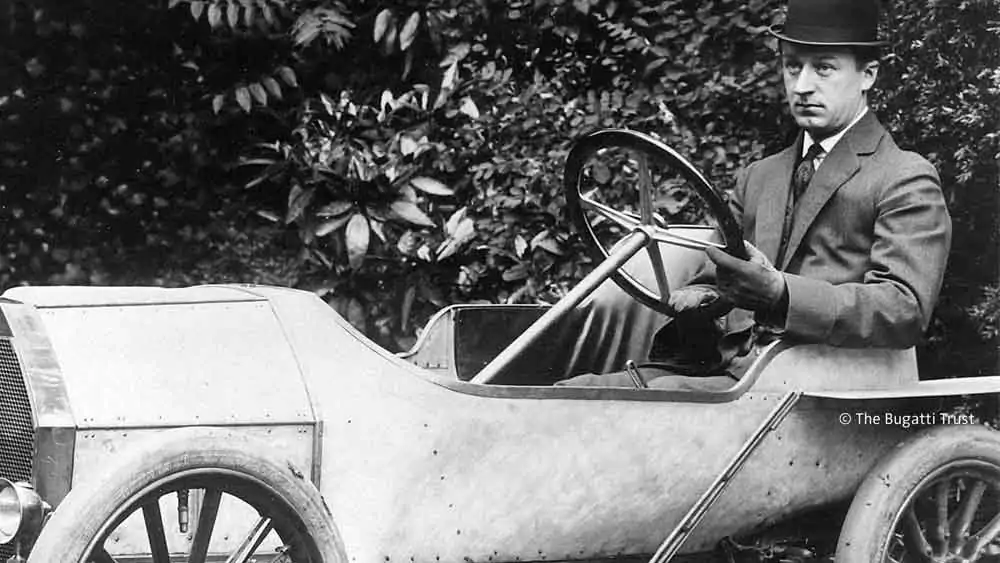
The Type 10, the inaugural “Pur Sang” or “thoroughbred” Bugatti prototype, was deemed revolutionary for its era. Ettore focused on agility and minimizing weight, crafting it with a much smaller engine displacement than the norm, just 1.3 liters. It could reach speeds of approximately 80 kilometers per hour (50 mph) and boasted a driveshaft and clutch combination that stood out in a time when most vehicles were still chain-driven.
Leaf springs took the brunt of the hardest shocks, while cable brakes handled deceleration. At the front, that big, rectangular radiator was hard to miss. It didn’t always look like that though. Over the years, it slowly transformed into the iconic shape it’s known for today. The Type 10 got some serious praise from the experts, as well. I mean, even Louis Blériot, the legendary French aviator, loved it. After driving the Type 10 during an air show in Cologne, he was so impressed, he begged Ettore Bugatti to make more of them.
- 1910 – 1914
- Units Produced: Unknown
2. Bugatti Type 13
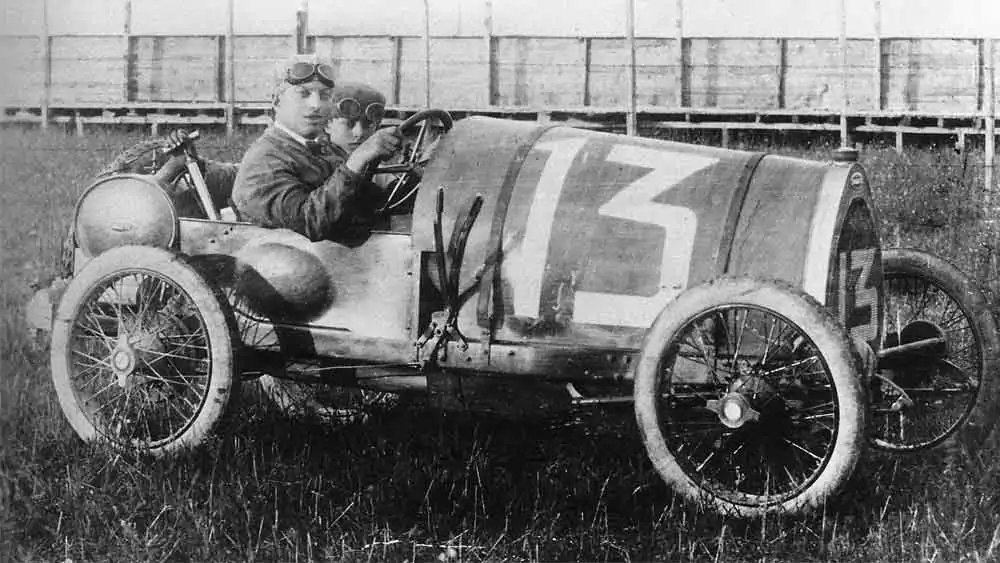
The Type 10 eventually laid the groundwork for the Type 13, which is recognized as the first genuine Bugatti. It was the inaugural model to carry the Bugatti name and the first to be mass-produced at the Molsheim factory. Manufacturing of the Type 13 spanned from 1910 to 1926.
Just a year after its debut, the Type 13 made a notable appearance in the French Grand Prix, securing second place. This was the first time a Bugatti vehicle competed in a race, setting a high bar for future performances.
The outbreak of the First World War brought progress in automotive development to a halt. During this period, Bugatti shifted focus to designing aircraft engines for the French and American military. Despite the global chaos, the revenue from these government contracts enabled the company to expand significantly within a few years, providing a robust foundation for future growth.
Once the war concluded, Bugatti resumed automobile production with renewed energy. In 1920, the Type 13 competed again, this time in the Grand Prix de la Sarthe at Le Mans, where it achieved a decisive victory under the skilled driving of Ernest Friederich. This victory was seen as a beacon of hope, as it was the only major motor race of that year due to the lingering effects of WWI.
This race was just the beginning, marking the start of a series of impressive victories, including Bugatti cars claiming the top four positions at the Brescia Grand Prix.
- 1910 – 1926
- Units Produced: 435
3. Bugatti Type 35
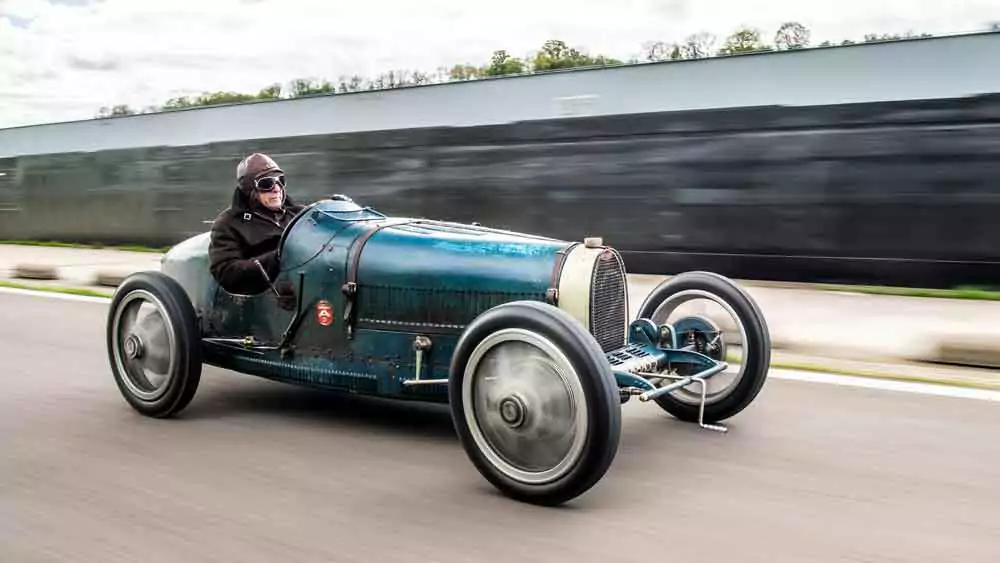
The Type 35 is undeniably the first model that comes to mind when you think of the Bugatti brand — even today, this Classic Bugatti stands as the most triumphant race car in history, boasting over 2,000 victories and numerous podium finishes over nearly a decade of racing. This old Bugatti showcases a breathtaking streamlined teardrop-shaped bodyshell.
Ettore Bugatti wasn’t one to rest on his laurels, though. He knew other automakers were constantly working to outdo him. So, he pushed to make the Type 35 even better. The first Type 35 came out in 1924 with a powerful eight-cylinder 1,991cc engine, cranking out 90PS for racing. But by 1926, the engine got bigger—up to 2,262cc. They named it the Type 35T, “T” for Targa, and it proved its worth by winning the Targa Florio race in Italy. It wasn’t just one car, either; two other smaller-engined Type 35s finished right behind it.
It also achieved commercial success, with Bugatti selling the Grand Prix model to wealthy privateers, which set the stage for Molsheim’s Golden Age. The Bugatti Type 35 was unique for its time, being the only car that could be driven both on public roads and racetracks. The company developed about 340 examples of this car and replaced it with Type 54 in 1931.
In 2019, Bugatti made the scaled-down replica of the Type 35, called Bugatti Baby II, to commemorate its 110th birthday. This cheapest Bugatti of modern times came with a $34,000 price tag.
- 1924 – 1931
- Units Produced: 340
4. Bugatti Type 41 ” Royale”
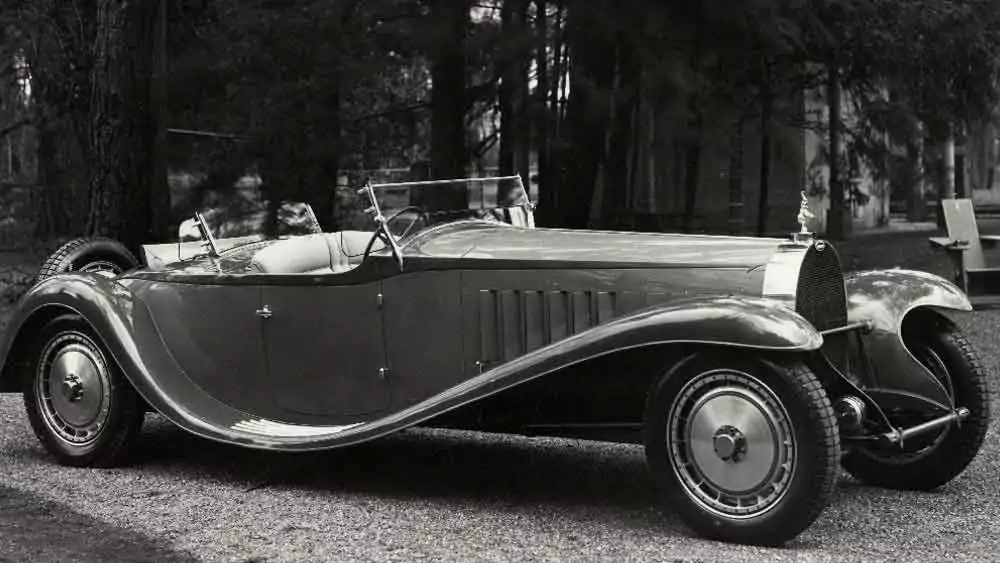
The ultimate luxury automobile in the world – a vehicle designed for aristocrats and royalty. This was the vision Ettore Bugatti had when creating the Type 41 Royale. A prototype of this car secured victory at the German Grand Prix held at the Nürburgring in 1927. The Royale’s 12.7-liter displacement surpassed all prior standards established by previous luxury vehicles. To honor his late brother, Rembrandt Bugatti, a rearing elephant sculpture crafted by him was chosen as the radiator cap for the “Royale.”
Bugatti initially planned to make 25 of them, but, thanks to the Great Depression, fewer actually rolled off the line. That limited production turned these cars into some of the most sought-after vehicles on Earth. Back then, a Royale roadster by Weinberger cost a staggering $43,000. Fast forward to 1983, a Royale sold for $8.7 million at Christie’s, setting a record. Adjusted for inflation, that’s like $16 million today!
- 1926 – 1933
- Units Produced: 6
5. Bugatti Type 50
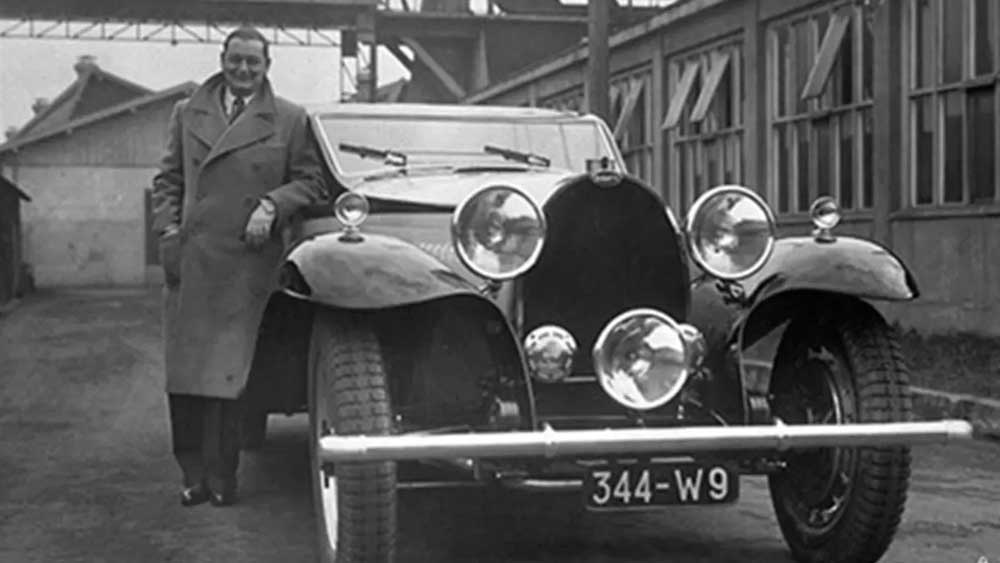
The sloped angle of the Bugatti Type 50 Superprofilée’s windscreen was a standout feature. That marked this model as one of the most advanced cars of the pre-war era. The introduction of two overhead camshafts — a first for Bugatti — along with the use of two diagonal valves, set new standards in automotive engineering. While this old Bugatti failed to achieve racing glory, it holds a special place in Bugatti’s legacy as a precursor to the distinctive design language that Jean Bugatti would later popularize.
Even though this 1930s Bugatti was designed and marketed as a road car, Type 50s competed at the 24 Hours of Le Mans between 1931 and 1935. They never claimed victory, but often held leading positions before retiring from the race.In contrast to the more popular Type 46, which saw over 460 units sold. The costly Type 50 managed to secure only 65 orders between 1930 and 1934.In the end, the entire Bugatti lineup was unified under the Type 57 Bugatti, which many regard as the last true Bugatti design.
- 1931-1933
- Units Produced: 65
6. Bugatti Type 55
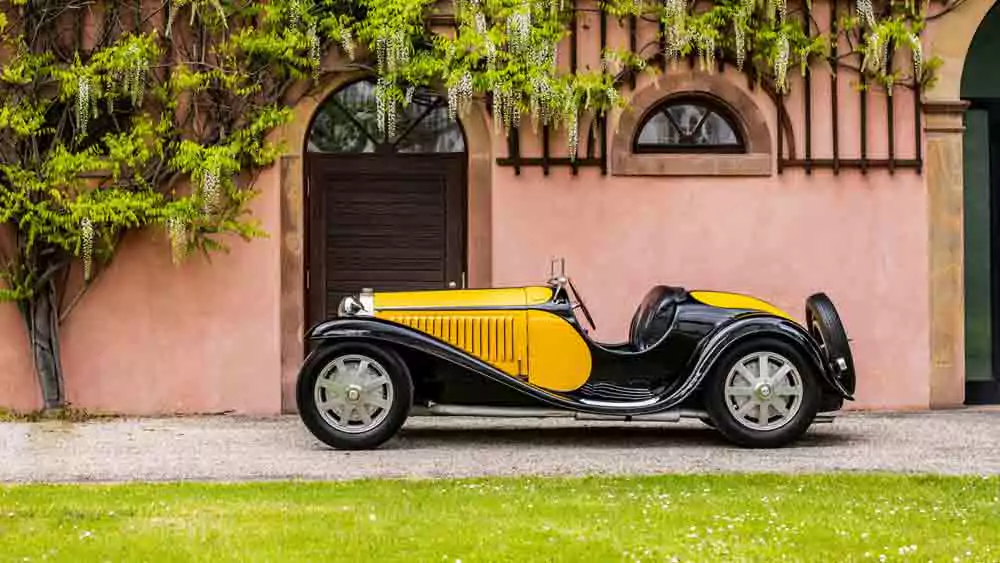
Jean Bugatti’s stroke of genius, the two-seat Type 55 Super Sport, was unveiled in 1931. This luxurious touring car, powered by a Grand Prix engine, succeeded the Type 43. For the Type 55, Bugatti utilized the exceptionally sturdy chassis from the Type 47, originally intended for a massive 16-cylinder. This option resulted in one of the greatest Bugatti chassis ever developed. Moreover, a newly designed gear housing was added to the Type 55, further enhancing the chassis’s strength. Alongside the roadster, the factory produced a so-called faux cabriolet, a coupé crafted by Jean Bugatti.
Bugatti produced a total of 38 of these beautiful vehicles. Jean Bugatti designed 13 roadsters and nine coupés, while the remaining 25 had bodywork designed by independent coachbuilders.
Buyers in the 1930s spent about $7500 to own one of these old Bugatti cars. Period road examinations reveal 0 to 60 times under 13 seconds. In one test, a driver was still accelerating at 98.9 mph by the quarter-mile mark, while another managed to keep his foot down until reaching 115 mph.
The Type 55 featured the Dyak-cam supercharged 2.3-liter mill from the Grand Prix Type 51, housed in the foot-extended chassis of the 4,900 cc Grand Prix Type 54.
- 1931-1935
- Units Produced: 38
7. Bugatti Type 57S Atlantic
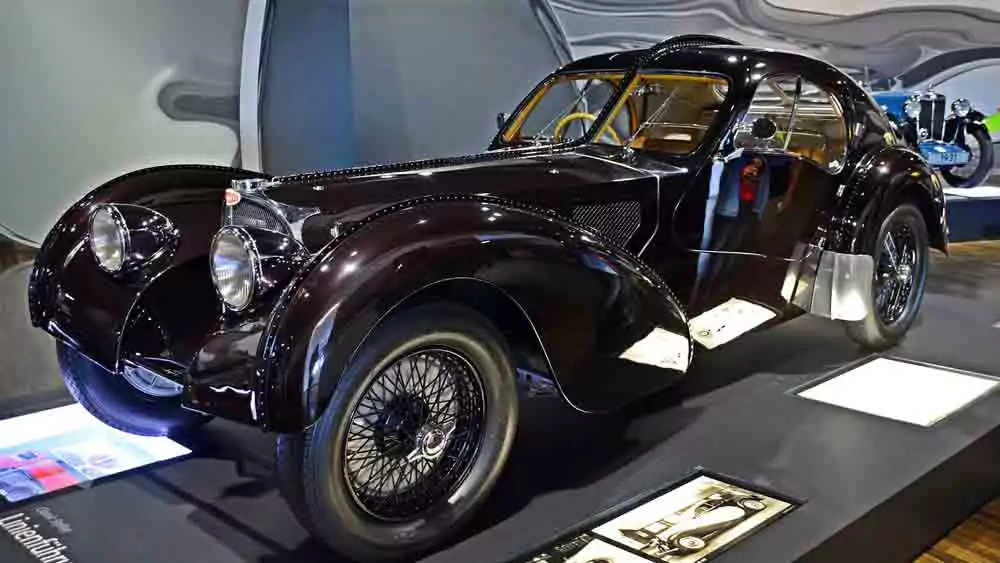
The Type 57S was a more nimble version of the Type 57, which came in 1936. The Type 57S featured a chassis 32 cm shorter than its predecessor. It boasted a notably lower ground clearance of just over 12 cm. This drop was attained by integrating the rear axle into the chassis. Enhancements to the engine provided the S version with a significant power boost, offering 170 PS compared to the Type 57’s 135 PS. Only 43 units of the Type 57S were produced.
Many owners opted to return their 57S to the factory for supercharging, which elevated the output to 210 horsepower. This modified version was rebranded as the 57SC, with the “C” denoting “Compressor.” Among these, the 57SC Atlantic, featuring a sleek and futuristic aluminum body, is particularly prized. Only three of these 57SC Atlantics were made, making them some of the most coveted classic cars. Like other Bugattis, this model exemplified the pinnacle of quality materials and craftsmanship of its era. But this old Bugatti is deemed the most costly of all the classic Bugattis with a price tag of around $40 million.
- 1936
- Units Produced: 3
Read More: Why Bugatti is so expensive?
8. Type 57G Tank
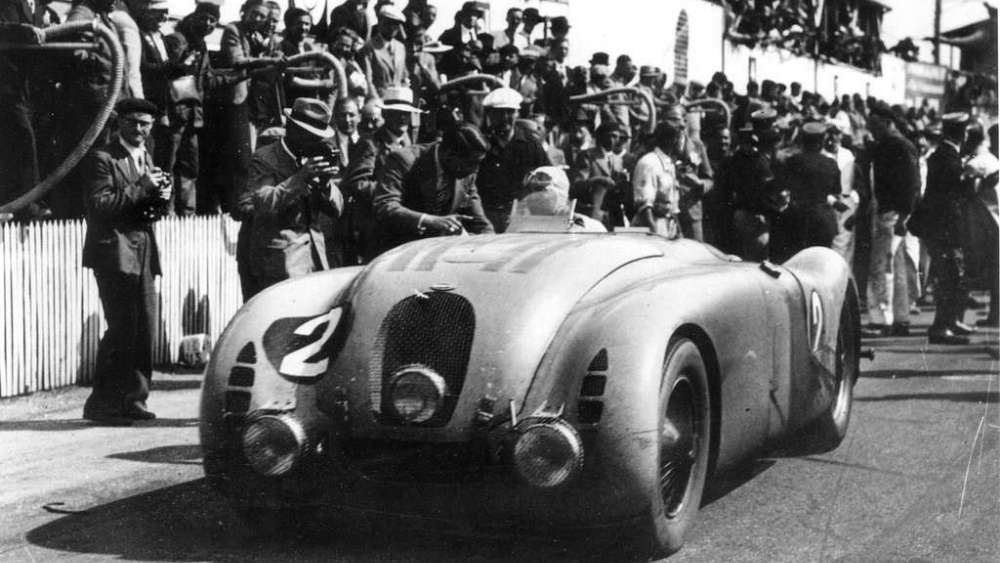
Ettore and Jean Bugatti made the Type 57 a road car, but racing was too tempting to resist. Right away, they modified some for competition, entering the Tourist Trophy. That was 1935. Next year, something totally different happened—the 57G. People called it “Tank,” like the old Type 32. But this one was smoother, more like a Bugatti should be. Body cut up for extra cooling: vents everywhere—engine bay, front, underbody.
Mechanically, it was close to the regular 57. Slightly tuned motor and no supercharger. It borrowed the wheels of the Type 59 GP. The first time the 57G showed up, the racing world took notice. In the 1937 French Grand Prix, Bugatti took the win. Thanks to clever aerodynamics and efficient fuel use, the 24 Hours of Le Mans that year saw Jean-Pierre Wimille smash a lap record at 148.98 km/h in just the fourth lap. Fast forward to hour 23, the Type 57 “Tank” broke the 1933 distance record. When the checkered flag dropped, Wimille and Robert Benoist took home Bugatti’s first-ever Le Mans victory. Not just for them, but the first French win since ’26.
Bugatti sat out the 1938 Le Mans. Then, in ’39, Jean twisted Ettore’s arm—one more shot. The Type 57C “Tank” lined up, with a longer wheelbase. Louis Gerard’s Delage bowed out, and Wimille and Veyron—yes, that Veyron—snagged another Le Mans win for the Type 57. Tragedy followed. On August 11, 1939, Jean Bugatti died while testing the victorious car. It was never rebuilt. Of the three original Tanks, one remains – chassis 57367.
- 1936 – 1937
- Units produced: 3
Final Thoughts
Bugatti witnessed its ups and downs until it claimed what was the automaker born for – building the fastest cars in the world but under the Volkswagen AG leadership. The company created the Veyron offering about 1,000 horsepower in 2005. The Super Sport version of this hypercar became the fastest car in the world in 2010.
After its successful run, the Bugatti Chiron superseded the Veyron – faster and more luxurious than its predecessor. In fact, the Chiron became the first production car in the world that crossed the 300 mph speed mark. We will talk in detail about it in our upcoming Bugatti Chiron vs Veyron comparison.
Bugatti is shifting its focus toward more exclusive and luxurious vehicles like the La Voiture Noire. The prime example is the Tourbillon. But do not worry; it is still fast and would be one of the most expensive cars in the world, like Chiron.
Despite the challenges faced over the years, Bugatti’s story is a shining example of the power of brilliant minds and relentless spirit, a legacy that will endure for decades to come.
Read my blog post for more details: How Many Bugattis Are In The World

news via inbox
Sign up and never miss out on the latest news and updates at HighStuff


